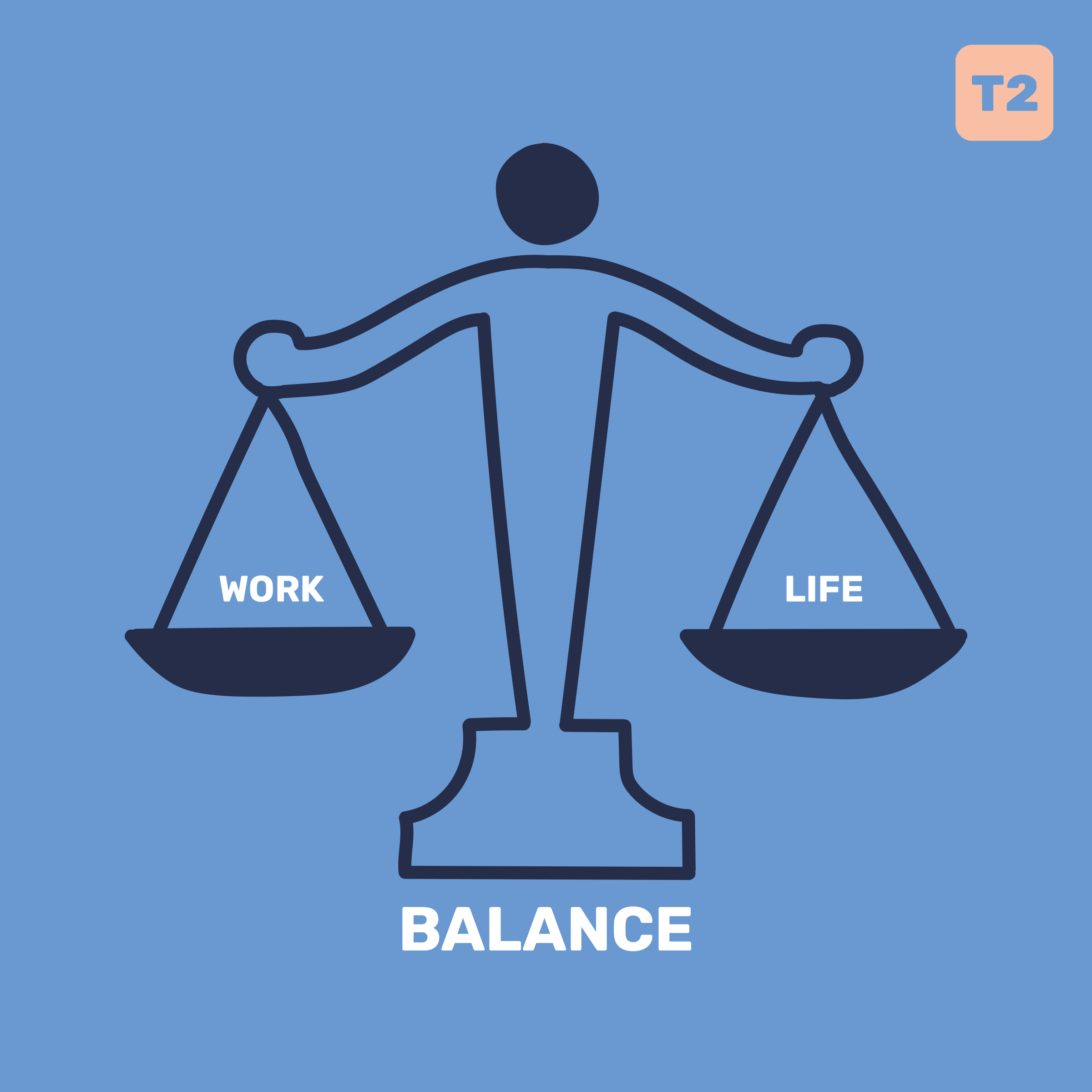
What is iv in options trading? a measure of the anticipated volatility of an underlying asset over a given period. It is derived from the theoretical cost of an alternative the use of mathematical fashions such as the Black-Scholes model. Implied volatility is regularly used by way of economic specialists to verify market sentiment and perceive pleasing buying and selling opportunities. It can additionally be used to estimate the chance of reaching a sure fee target. The greater the implied volatility, the higher the threat related with an underlying asset, and vice versa. By perception how IV can be used, merchants can use this information to their gain when making selections about shopping for or promoting options. Furthermore, IV is additionally beneficial for assessing achievable hedging techniques as it can supply perception into the pricing of special strategies. Understanding and the-unforgettable-artistry-of-mekka-mellia/deciphering implied volatility is a key factor of profitable buying and selling in the alternatives markets.
Table of Contents
What is implied volatility (IV)?
Why is implied volatility essential when trading?
Pros and cons of implied volatility
Is excessive IV true or bad?
Black-Scholes model
Binomial model
Understanding IV requires an appreciation of choice pricing and the theoreticaliv in options trading? calculate it. The Black-Scholes model is one such mannequin that can be used to decide the charge of an choice based totally on a range of inputs. These inputs encompass the strike price, time to expiration, pastime rate, and implied volatility. By taking this records into account, the mannequin can calculate the predicted chance of reaching a positive fee goal at expiration. This permits merchants to investigate possible earnings or losses prior to coming into a trade.
What is implied volatility (IV)?
As stated above, it’s surely a measure of the anticipated volatility, or risk, of a security’s fee over a given period. It is derived from the market costs of alternatives on that security. Implied volatility can be used to examine the anticipated overall performance of distinct securities and make selections about which ones can also current higher shopping for possibilities in accordance to one’s hazard profile. It is additionally used to decide the predicted likelihood of an choice expiring in or out of the money, and consequently can be beneficial when identifying which selections contract to purchase. Implied volatility is intently associated to historic volatility, however whilst historic volatility appears at previous charge movements, implied volatility appears ahead and tries to predict future charge actions primarily based on the present day market fees of options. This makes implied volatility an vital device for traders and merchants when making choices about which securities they can also prefer to purchase or sell.
When inspecting any security, it is continually essential to think about implied volatility in evaluating conceivable funding opportunities. Implied volatility can be a beneficial indicator when making an attempt to decide whether or not a safety may also be overrated or undervalued. For instance, when a security’s implied volatility is greater than its historic volatility, this should point out that the safety is being overpriced due to investor sentiment as an alternative than intrinsic value.
iv in options trading? necessary when trading?
This is an essential idea due to the fact it can assist merchants become aware of worthwhile possibilities and manipulate risk. By the usage of implied volatility, merchants can examine the present day stage of volatility in the market to previous degrees or even different markets. This permits them to make greater knowledgeable choices about which trades are in all likelihood to be profitable and which may also now not be as profitable. In addition, implied volatility can be used as a device to manipulate chance and restriction losses. By grasp the present day stage of volatility in the market, merchants can make higher choices about when to enter or exit positions, which permits them to higher guard their capital from manageable losses.
IV is additionally beneficial for figuring out alternative pricing, which can assist merchants figure out when to purchase or promote options. Knowing the cutting-edge degree of implied volatility in the market can assist merchants decide if an choice is presently over- or underpriced, allowing them to make extra worthwhile trades. In summary, implied volatility is an vital idea for any dealer searching to exchange effectively and defend their capital from workable losses. By perception the modern-day degree of implied volatility in the iv in options trading?make extra knowledgeable choices about when to enter and exit positions, which can maximize earnings whilst minimizing losses.
Pros and cons of implied volatility
Pros of the usage of IV:
– Can be used to predict future actions in expenditures of stocks, options, and different securities.
– Allows buyers to expect modifications in underlying asset fees with the aid of measuring the volatility implied from choice prices.
– Gives merchants a higher grasp of how the market view belongings and their doable dangers and rewards.
– Can be used to locate possibilities in the market primarily based on choice costs that are undervalued or overpriced relative to historic volatility levels.
Cons of the usage of IV:
– Can be tough iv in options trading?moves due to its dependency on market sentiment and information events.
– Not constantly an correct predictor of true market moves due to elements such as surprising information events, liquidity, and exterior influences.
– Can be greater luxurious to use than different techniques of predicting future asset prices.
– May now not precisely replicate the genuine volatility of an asset if it is situation to manipulation by way of merchants or different market participants.
Is excessive IV appropriate or bad?
As with most matters concerning investing, it depends. A excessive implied volatility shows that traders are looking ahead to greater motion in the price, which should be proper or awful relying on the present day market conditions. If the market is trending higher, then merchants may also seem to take benefit of multiplied volatility by way of coming into bullish positions. Conversely, if the market is trending lower, then merchants might also seem to brief positions to capitalize on the elevated draw back risk. In both case, merchants need to apprehend that greater implied volatility potential extra danger and have to alter their techniques accordingly.
IV and alternative pricing models:
Black-Scholes model
The Black-Scholes Model is a mathematical mannequin used to rate alternatives and different derivatives. It used to be developed by way of Fischer Black, Myron Scholes, and Robert Merton in 1973. The mannequin assumes that the underlying asset will observe a lognormal distribution and makes use of this assumption to calculate the theoretical fee of an option. The mannequin additionally considers the elements of time to expiration, volatility, dependable pastime rate, and dividends in its calculations.
This Model is an essential device for merchants and investors, as it approves them to precisely fee alternatives and different derivatives. It can additionally be used to determine chance levels, permitting buyers to make knowledgeable choices when buying and selling in economic markets. Furthermore, the mannequin can be used to set up hedging strategies, which can assist reduce chance and maximize practicable returns.
Binomial model
Similar to the Black-Scholes model, this approach is additionally used to calculate risk. The mannequin works by way of pricing an alternative as a mixture of two viable outcomes: one in which the inventory goes up, and one in which it goes down. At every step, the predicted cost of the alternative is calculated, and the chance related with the alternative is calculated by means of thinking about the chance of every outcome. The model’s strength comes from its simplicity and accuracy when used to fee fairly complicated options, such as these with a couple of strike costs or expirations. Binomial fashions are additionally regularly used in derivatives pricing.
The essential drawback of the binomial mannequin is that it relies on the assumption of a recognized tree shape and is consequently no longer appropriate for pricing preferences with complicated features, such as these with a couple of exercising expenses or expiration dates. Additionally, the binomial mannequin assumes that inventory returns comply with a lognormal distribution, which may additionally no longer be correct in real-world scenarios.






